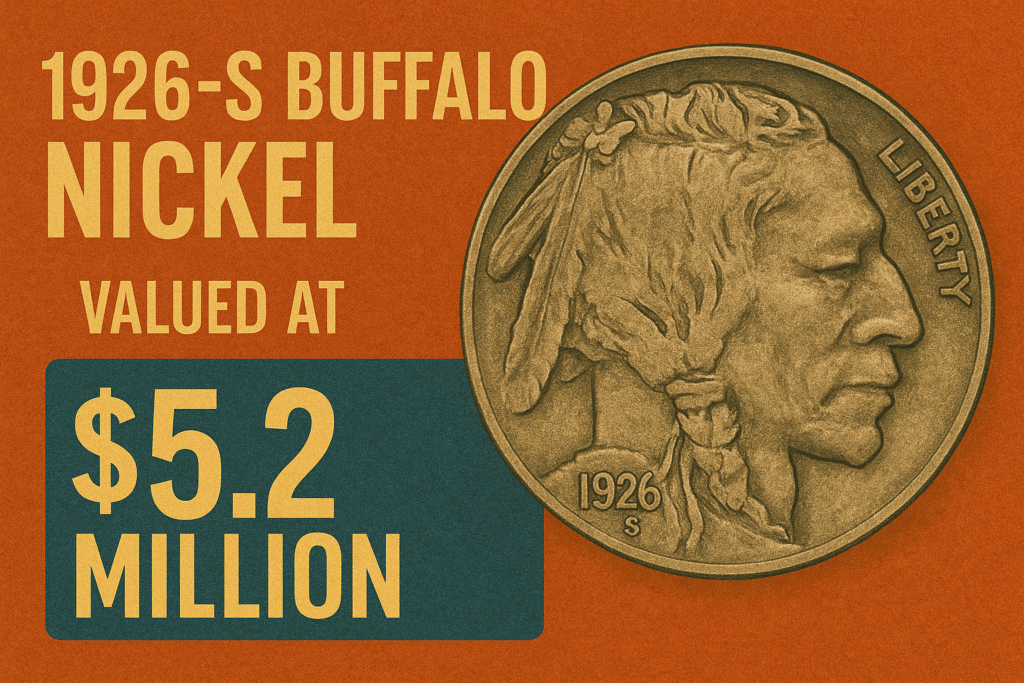Most people think coins are just spare change, but some of them are actually worth a lot of money—sometimes even millions of dollars. These rare coins aren’t just old—they have special stories, unusual features, or were made in small amounts. In this guide, you’ll learn how to check if your coins are rare, how to tell if they’re valuable, and what steps to take if you want to sell them. Whether you found a coin in a drawer, inherited a collection, or just like treasure hunting, this article is your beginner’s guide to spotting rare coins that could change your life.
Why Some Coins Are Worth So Much
Coins can be worth a lot because of three main reasons:
- Rarity: If only a few of a certain coin were made or still exist, it becomes more valuable.
- Condition: A coin that looks brand new, with no scratches or wear, is worth more than one that’s damaged.
- Historical Importance: Coins made during wars, economic changes, or special events often sell for high prices.
Example:
The 1943 Copper Penny is one of the most valuable. Most pennies that year were made from steel to save copper for World War II. Only a few copper ones were made by mistake—and they’re worth over $100,000 today.
How to Spot a Rare Coin
Finding a rare coin is kind of like solving a mystery. Here’s what to look for:
1. Unique Features
- Mint Marks: These show where the coin was made. Look for small letters like “S” (San Francisco) or “D” (Denver).
- Errors: Some coins have mistakes, like double lettering or off-center images. These “error coins” can be very valuable.
2. Important Dates
Certain years are known for producing rare coins. Keep an eye out for coins from:
- 1916 – Mercury Dime redesign
- 1933 – Gold coins recalled by the government
- 1943 – Steel penny year (look for copper mistakes)
3. Check the Condition
Use a magnifying glass to see details. Coins with:
- No scratches
- No rust or corrosion
- Clear designs
are usually worth more.
Understanding Coin Grades
Coins are graded from 1 to 70. The higher the number, the better the condition. Here’s a simple breakdown:
- MS70 – Perfect, no flaws at all.
- MS60–69 – Mint state, very close to perfect.
- AU (About Uncirculated) – Slight signs of wear.
- VF (Very Fine) – Used, but details are still good.
Trusted Grading Services:
- PCGS – Professional Coin Grading Service
- NGC – Numismatic Guaranty Corporation
These companies can give you an official grade and make your coin easier to sell.
Best Ways to Sell Rare Coins
When you’re ready to sell, you have several good options:
1. Auction Houses
Places like Heritage Auctions or Stack’s Bowers attract serious collectors. Great for high-value coins.
2. Private Sales
Sell directly to collectors online or through coin clubs. Make sure to check the buyer’s reputation.
3. Online Platforms
You can list coins on eBay, Etsy, or Facebook Marketplace. Always use clear photos and safe payment methods.
4. Local Coin Shops and Shows
These are perfect for getting appraisals and meeting buyers in person.
How to Store Your Coins Safely
Good storage helps keep your coins valuable:
- Use Holders: Try coin flips, albums, or capsules.
- Handle Carefully: Always hold coins by the edges. Use gloves if possible.
- Avoid Moisture: Keep coins in a dry, cool place to avoid damage.
- Never Clean Coins: Cleaning can ruin them and lower their value.
Even small things like touching the front of the coin or storing it in a humid area can hurt its value big time.
Conclusion
Rare coins aren’t just for collectors—they could be sitting in your pocket, drawer, or change jar right now. With a little knowledge, anyone can learn to spot valuable coins. Look for unusual dates, mint marks, and clean designs. Then get them graded and decide how to sell. Just one rare coin could be worth thousands—or even millions. Whether you’re just curious or hoping to cash in, it’s worth checking your change. You never know—you might already own a piece of history.
FAQ’s
How can I tell if a coin is rare or valuable?
Start by checking the date, mint mark, and condition of the coin. Look for coins from special years (like 1943 or 1933), minting errors (like double dies), or coins with low mintage. A coin grading service like PCGS or NGC can confirm its value.
What is the best way to sell a rare coin?
The best options include:
Auction houses for high-value coins
Private collectors through trusted platforms
Online sales (eBay or numismatic sites)
Local coin shops for appraisals and quick sales
Always research the buyer or platform and use secure payment methods.
Should I clean a dirty or old coin before selling it?
No. Never clean a coin—it can damage the surface and drastically reduce its value. Even if it looks dirty, collectors prefer coins in their original condition with natural aging or toning.
